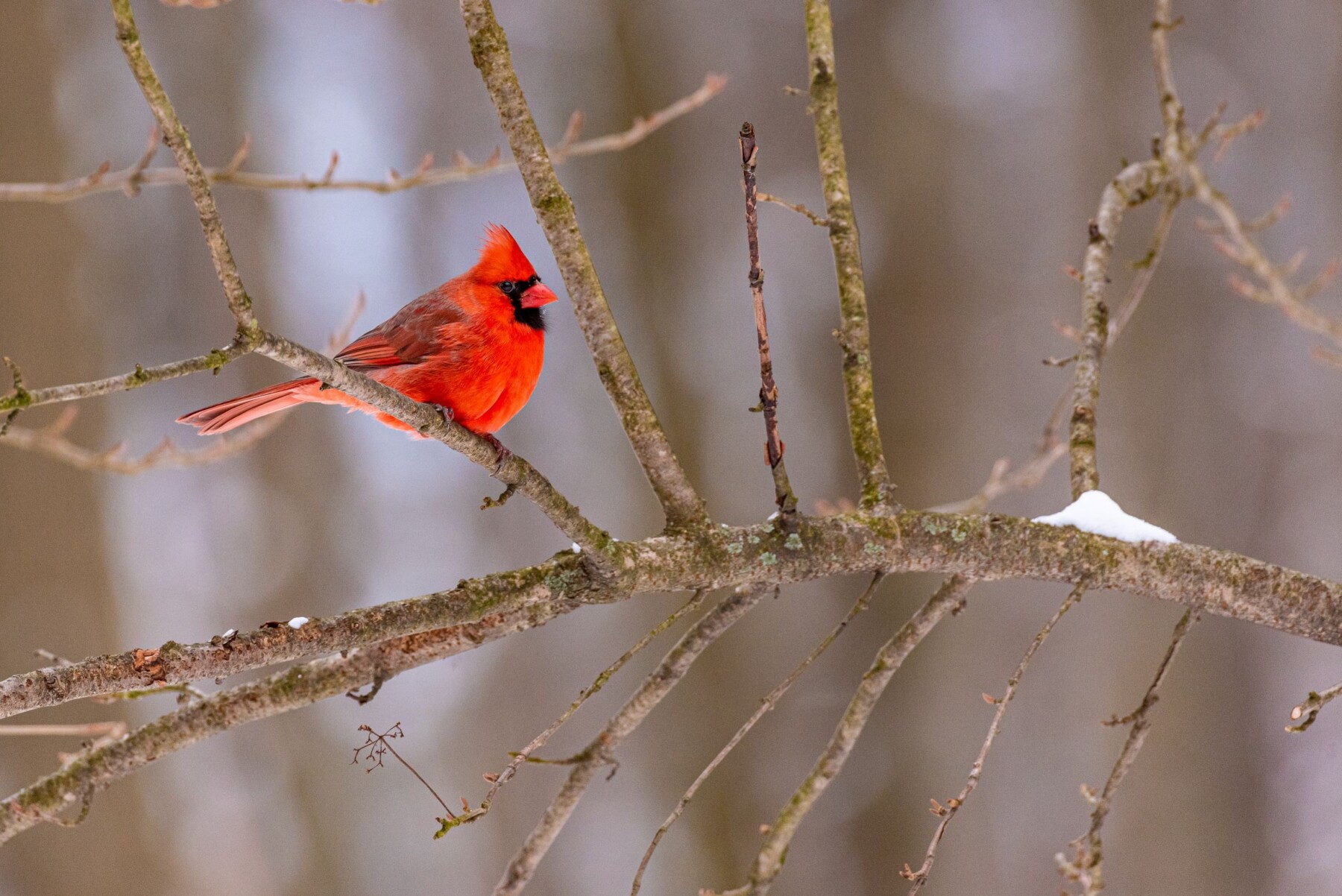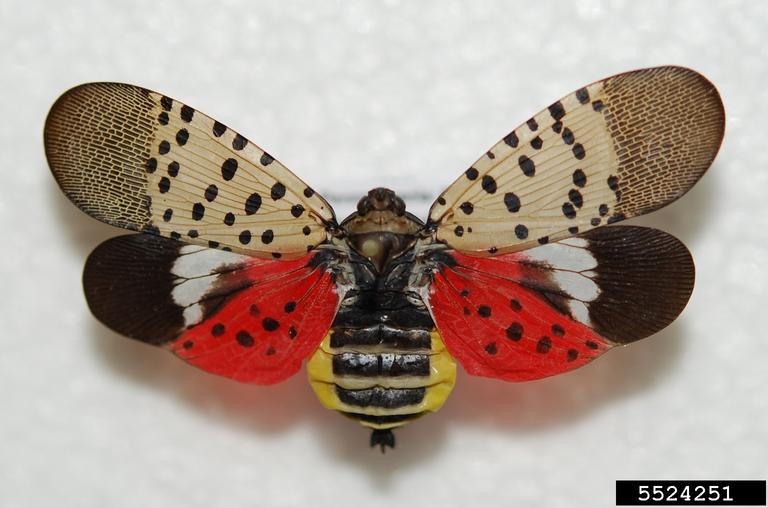ANR
-

To all our nature lovers, I’m issuing a challenge: Help us double Forsyth County’s participation in the Great Backyard Bird Count this February. Why count birds? Birds are fun to watch and make a nice addition of color, sound, and motions to our yards, but what’s the point of counting them? Monitoring birds can tell…
Posted in: ANR -

University of Georgia Climatologist and Director of the UGA Weather Network Pam Knox recently reported in her weekly blog, Climate and Agriculture in the Southeast, that she received numerous questions related to media reports of colder temperatures predicted to arrive in the Southeast. Some reports included “ominous pictures of snowfall maps showing up to a…
Posted in: ANR -

When the weather turns cold, it’s tempting to retreat into our warm living rooms and hibernate with hot cocoa and old movies. While this is an option for getting through the winter, we can also do some things to prepare for spring gardening. One of the best garden maintenance activities for winter is cleaning and…
Posted in: ANR -

The winter holidays are behind us, but there’s still plenty of winter ahead. Cold weather presents safety concerns for people and pets who work and play outdoors. Wind chill Wind chill is the difference between actual air temperature and how cold we feel due wind speed. Blowing wind cools our skin and bodies. The faster…
-

Oh, how wonderful the cool weather is! The brisk mornings roll into perfect afternoons, fire pits are crackling and marshmallows, chocolate bars, and graham crackers are flying off the shelf. Unfortunately, with the onset of this blissful sweater weather, there comes the threat of frost damage to our landscape. During the fall months, perennial plants…
Posted in: ANR -

The tradition of bringing greenery into the home during winter has a history that spans many centuries and several cultures. For most of them, evergreen branches symbolized renewal of life and anticipation of fresh fruits and vegetables in spring. So how did the tradition of bringing a whole tree indoors get started? Who knows? Maybe…
Posted in: ANR -

As fall progresses to winter, our landscapes can begin to look bleak. Annual pansies and violas might add a pop of color, but there are also perennial plants and shrubs that flower in the winter. In addition to brightening our winter landscapes, these can cheer our hearts and nourish songbirds and pollinators. As added bonuses,…
Posted in: ANR -

Long before our landscapes became landscapes, they were habitat. In natural environments, hundreds of species share unrestricted acres in which to move, nest, and hunt. They occupy niches in horizontal and vertical space, above and below the soil line, on land and in water. When humans settle an area, we alter the environment to better…
Posted in: ANR -

Based on preliminary damage assessments conducted by the Georgia Department of Agriculture, the Georgia Forestry Commission, and the University of Georgia, Hurricane Helene left behind an estimated $6.46 billion in damage to Georgia’s agriculture and forestry industries, more than three times the damage from Hurricane Michael in 2018. Georgia’s largest industry, agriculture contributes over $83…
Posted in: ANR -

Earlier this year, I received a call from man who was urgently reporting a large number of spotted lanternflies (Lycorma delicatula) that were landing on trucks all over the depot. He was absolutely correct to call and report sighting them. These invasive planthoppers congregate in huge numbers, suck the sap from plants, and produce copious…
Posted in: ANR